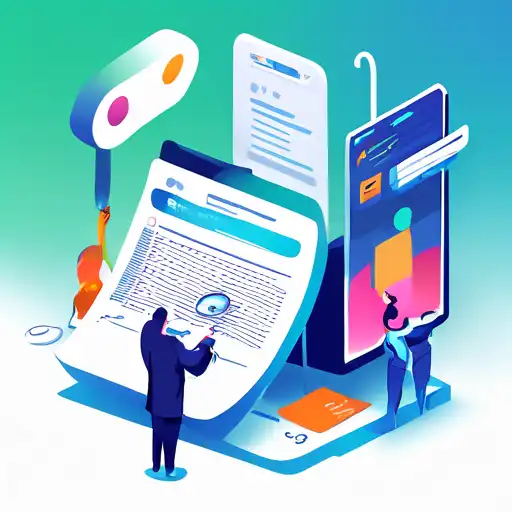Why Website Accessibility Matters
In today's digital age, making your website accessible is not just a matter of legal compliance but also a critical component of providing an inclusive user experience. Accessibility ensures that all users, including those with disabilities, can navigate, understand, and interact with your website effectively.
Key Strategies to Improve Website Accessibility
Improving your website's accessibility can seem daunting, but by focusing on a few key areas, you can make significant strides. Here are some essential strategies:
- Use Semantic HTML: Proper use of HTML tags helps screen readers interpret your content correctly.
- Ensure Keyboard Navigation: Many users rely on keyboards instead of a mouse to navigate websites.
- Add Alt Text to Images: Alt text provides a textual alternative to images, aiding users who rely on screen readers.
- Contrast and Color Usage: High contrast between text and background improves readability for users with visual impairments.
Implementing ARIA Landmarks
Accessible Rich Internet Applications (ARIA) landmarks define regions of your page, making it easier for assistive technologies to navigate. Implementing ARIA landmarks is a straightforward way to enhance your website's accessibility.
Testing Your Website for Accessibility
Regular testing is crucial to ensure your website remains accessible. Tools like the WAVE Web Accessibility Evaluation Tool can help identify areas for improvement. Additionally, consider conducting user testing with individuals who have disabilities to gain firsthand insights.
Accessibility and SEO: A Winning Combination
Did you know that improving your website's accessibility can also boost your SEO? Search engines favor websites that provide a better user experience, including those that are accessible. By implementing the strategies outlined above, you're not just making your site more inclusive; you're also enhancing its visibility in search engine results.
Conclusion
Making your website more accessible is an ongoing process that benefits all users. By focusing on semantic HTML, keyboard navigation, alt text, and contrast, you can create a more inclusive digital environment. Remember, accessibility is not just a legal requirement—it's a moral obligation to ensure everyone has equal access to information and services online.
